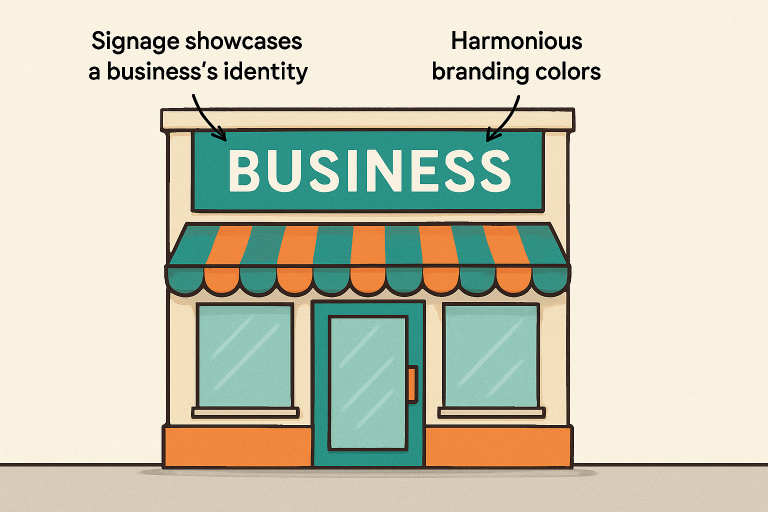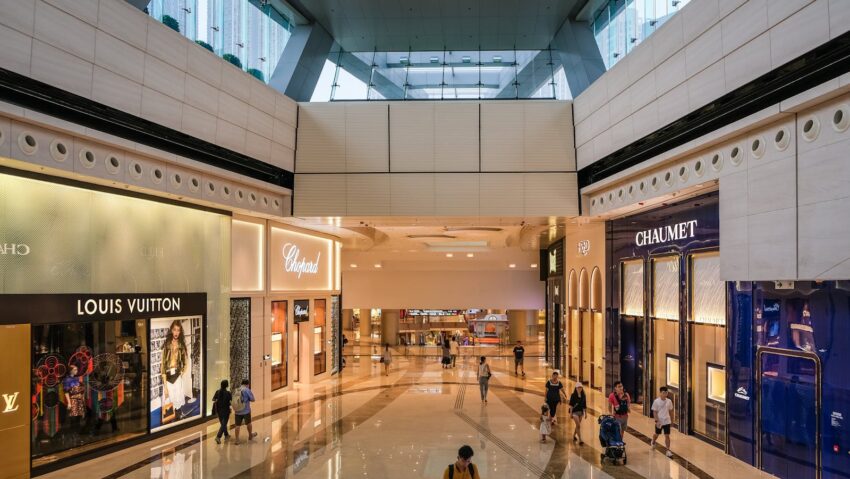Understanding the Role of Signage in Branding
Signage isn’t just a means of identification—it’s a vital extension of your brand. It acts as a silent ambassador, making that pivotal first impression and subconsciously shaping perceptions. For many businesses, especially those with a public-facing space, expertly designed office reception signage Austin welcomes guests and communicates professionalism and trustworthiness. Effective signage signals attention to detail and quality, which are key to brand credibility.

Research highlights how influential signs are for consumer behavior. According to a FedEx study, 76% of customers revealed they had chosen to enter a business purely because of attractive signage. It’s a compelling affirmation that what hangs above your door or on your front desk can shape foot traffic and instantly foster important brand recognition.
Key Elements of Effective Sign Design
1. Consistent Branding
Uniformity in design elements—color palette, font, graphics—ensures a strong, cohesive brand presence. A sign that ignores your brand standards can dilute your message and confuse potential customers. Study successful brands, and you’ll notice their signs are unmistakably theirs, from iconography to color schemes. This disciplined consistency, even in global leaders like Apple and Starbucks, increases visibility and memorability. Font psychology shows that even small details like typeface can significantly affect how your business is perceived.
2. Reflecting Brand Personality
Think of your signage as the face of your company. It should tell your story at a glance. A sleek metal sign works perfectly for tech startups or luxury brands, while whimsical graphics and bright hues signal a casual, kid-friendly environment. This reflection of personality ensures you attract the target audience you want, building an instant, emotional connection even before words are exchanged.
3. Readability and Visibility
If your sign isn’t easy to read from a distance—or in different lighting conditions—it loses its power. Opt for high-contrast color combinations and ensure ample spacing between letters. An elaborate font may look great up close, but from across the street, simplicity wins. Signage should be equally effective by day or night, and weather-resistant finishing boosts longevity in exposed locations.
4. Quality Materials
First impressions last. Flimsy signs fade, crack, or warp, which sends the wrong message. Investing in durable solutions such as acrylic, brushed metal, or treated wood reflects a commitment to quality, building trust before a word is spoken. The U.S. Small Business Administration notes that material choice can impact how clients perceive your pricing: premium materials signal higher-value goods or services.
In addition to these foundational elements, staying ahead of trends with modern features—like eco-friendly materials or innovative lighting—can show that your brand is contemporary and engaged with the latest design advances.

Incorporating Digital Signage
Modern branding increasingly utilizes digital signage, offering the flexibility for real-time updates, interactive touchpoints, and dynamic, animated content. Digital displays can present anything from up-to-the-minute promotional campaigns to fun brand stories or emergency notifications. According to Forbes, businesses that invest in digital signage report more frequent and positive customer engagement. Set up strategically, these signs can transform lobbies, conference rooms, or retail windows into ever-evolving showcases for your brand personality, without costly reprints.
Strategic Placement and Integration
Where a sign is placed is as important as how it looks. An exterior sign should command attention from the street, while indoor signage should offer clear direction and reinforce your message throughout the customer journey. Consider how signs can guide visitors, highlight product zones, or enhance brand immersion. Well-integrated signs—rather than tacked-on afterthoughts—unify your brand narrative from curbside to reception to office door.

Leveraging Professional Design Services
For many organizations, enlisting professional sign designers makes a tangible difference. Experienced designers bring technical expertise—such as optimal font sizing and material knowledge—and have a sharp eye for trends and best practices. Their guidance helps ensure your signs meet local zoning regulations and ADA (Americans with Disabilities Act) compliance requirements, which can be easily overlooked. Professionally installed signage guarantees durability, proper illumination, and a finished look that signals polish and credibility to every visitor. Teams skilled in branding can advise on everything from external monument signs to subtle indoor wayfinding features.
Conclusion
Signage can make or break the way customers perceive your business. By focusing on consistent design, quality materials, thoughtful placement, and the integration of modern technology, you can create signs that capture attention and reinforce your brand’s identity. Strong, cohesive signage—like expertly crafted office reception signage—is the first step in building lasting trust, driving traffic, and setting your business apart in a crowded marketplace. Investing in great signage is ultimately an investment in your brand’s long-term success.
